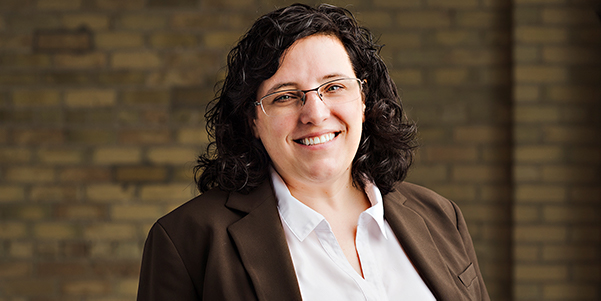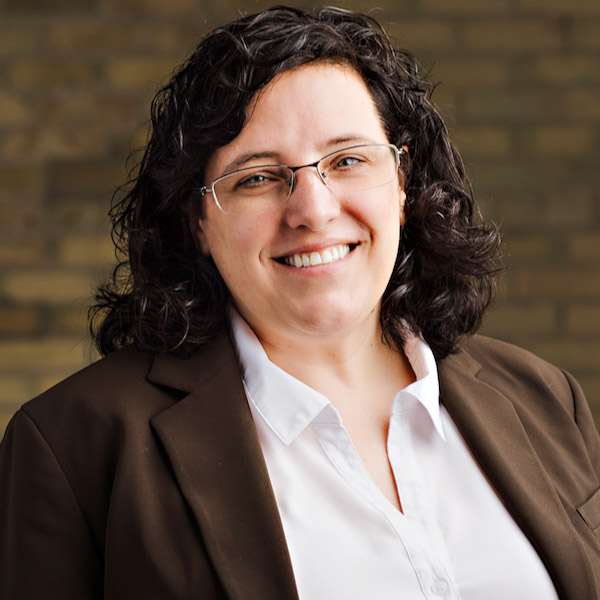A recent decision of the Divisional Court has confirmed that the ‘but for’ test was the correct causation test to be applied in accident benefit cases.
In Sabadash v. State Farm et al, prior to the subject accident in March 2011, Mr. Sabadash had a pre-accident history of anxiety, depression and insulin dependent diabetes. When he was terminated from his employment seven months after the subject accident, he applied for income replacement benefits from his accident benefits insurer.
The insurer took the position that based on the assessments of their medical experts, the claimant’s impairments were not caused by the subject accident. Mr. Sabadash initiated a FSCO dispute arguing that he was unable to work due to collision-related impairments.
At the initial hearing the Arbitrator held that “I cannot accept State Farm’s submission that the ‘but for’ test endorsed by the Courts in accident negligence cases is to be applied to a determination of causation in statutory accident benefits context.” Instead, the Arbitrator applied the’ material contribution’ test.
On Appeal, the Director’s Delegate found that the Arbitrator had applied the incorrect test of causation. The Director’s Delegate concluded that the appropriate test was the ‘but for’ test.
The matter was then appealed to the Divisional Court. On appeal, while the parties agreed that the ‘but for’ test was the correct test to be apply in the accident benefits cases, the parties asked the Court to provide an articulation of the causation analysis to be applied.
The Divisional Court referred back to the both the Clements v Clements and Monks v. ING insurance Company decisions summarizing the proper analysis and approach to applying the ‘but for’ test:
- Causation is a factual determination made on a balance of probabilities;
- The test for establishing causation is the “but for” test;
- The Supreme Court in Clements held that, “As a general rule, a plaintiff cannot succeed unless she shows as a matter of fact that she would not have suffered the loss “but for” the negligent act or acts of the defendant. A trial judge is to take a robust and pragmatic approach to determining if a plaintiff has established that the defendant’s negligence caused her loss. Scientific proof of causation is not required.”
- “There is no indication in the SABS of a legislative intent that an insurer’s liability for the accident benefits in issue in this case should be subject to discount for apportionment of causation due to an insured’s pre-existing injuries … The SABS simply states, in clear and unambiguous language, that an insurer ‘shall pay an insured person who sustains an impairment as a result of an accident, medical, rehabilitation and attendant care benefits.’”
- In exceptional circumstances, where (i) the plaintiff establishes that her loss would not have occurred “but for” the negligence of two or more tortfeasors, each of whom could be responsible for the loss; but (ii) the plaintiff is unable through no fault of her own, to show that one tortfeasor is the “but for” cause of her injuries because each tortfeasor can point to the other as the possible “but for” cause of the injury, a plaintiff may establish liability against one defendant if that defendant’s conduct materially contributed to the plaintiff’s risk of injury;
- This is because public policy dictates that a defendant should not be permitted to escape liability by pointing the finger at another wrongdoer, thereby defeating a finding of causation on a balance of probabilities against anyone; and,
- A material contribution to the risk of impairment is one that falls outside the de minimis range.
Ultimately, the Court ordered that the matter be referred back for a new hearing before a new Arbitrator for a proper analysis of the ‘but for’ test in regards to the claimant’s injuries.
This was a much needed clarification on the proper approach to undertake where causation is an issue in accident benefits cases.
See Sabadash v. State Farm et al., 2019 ONSC 1121 (CanLII)

